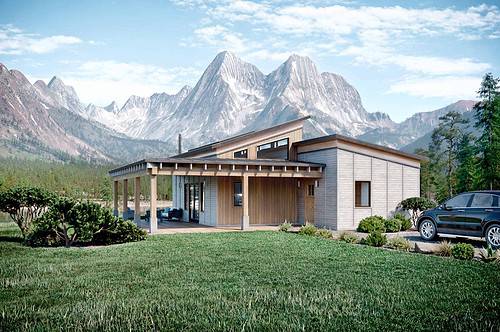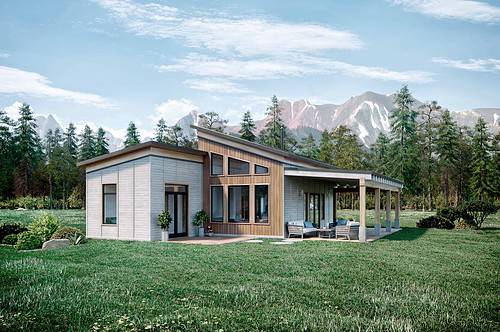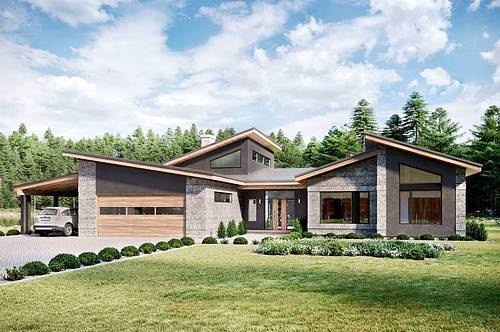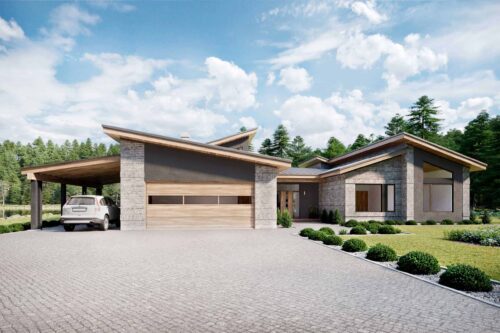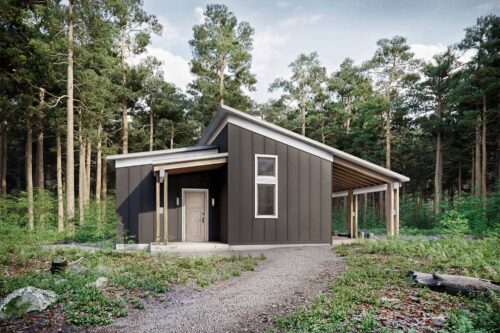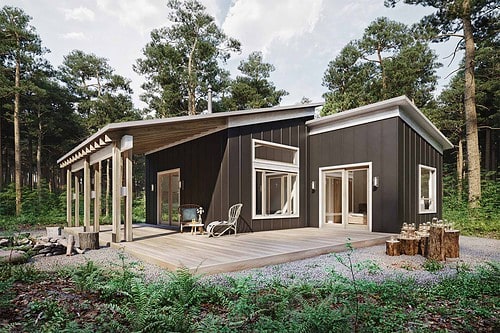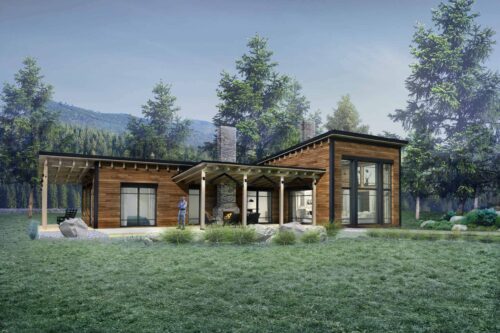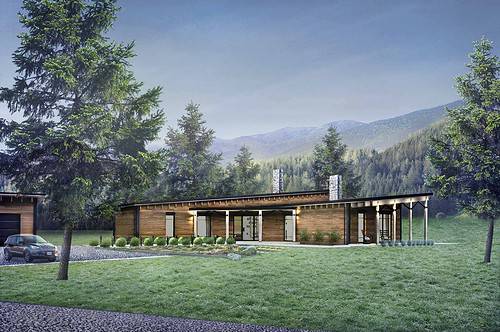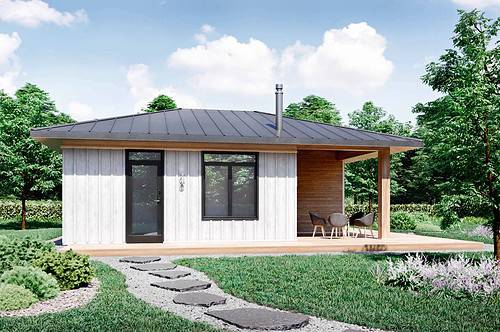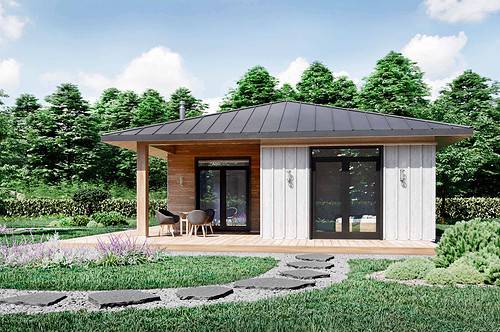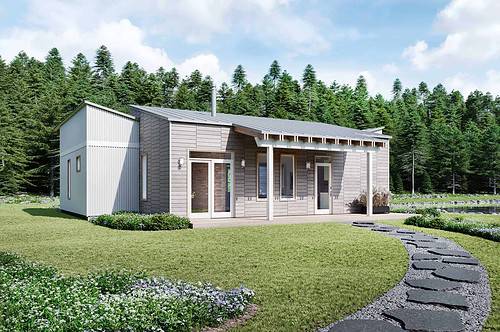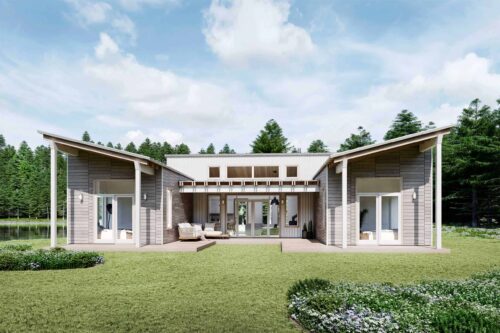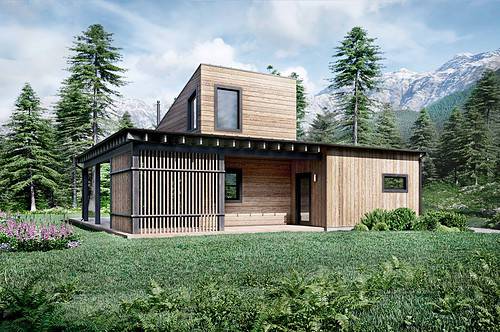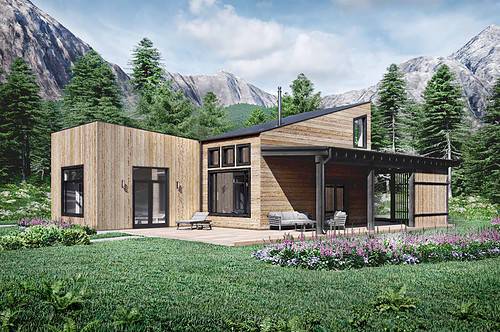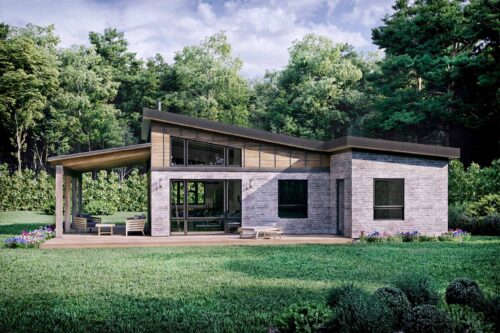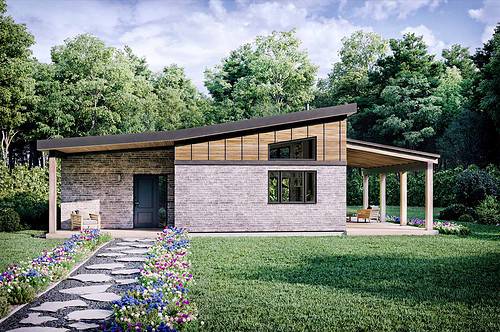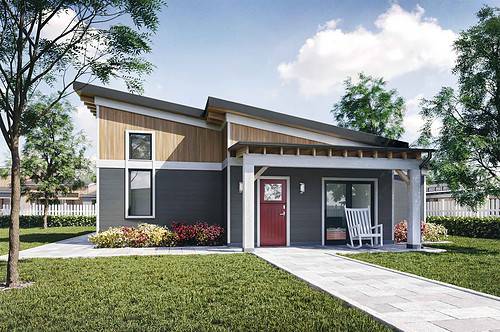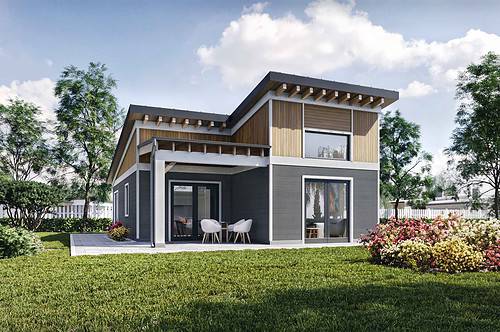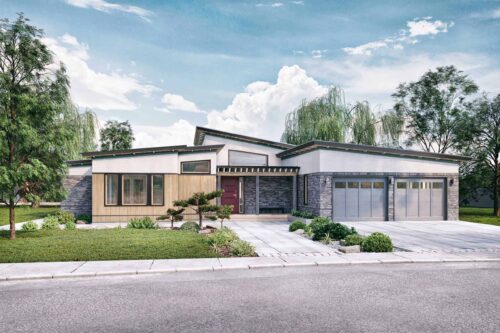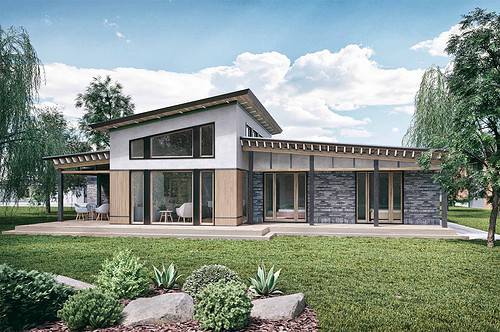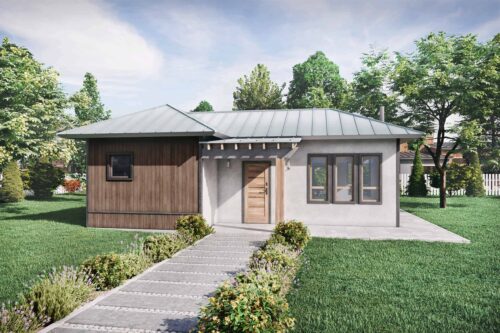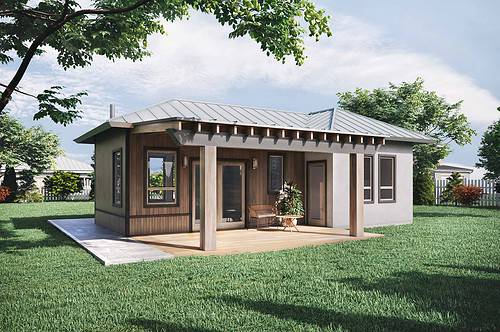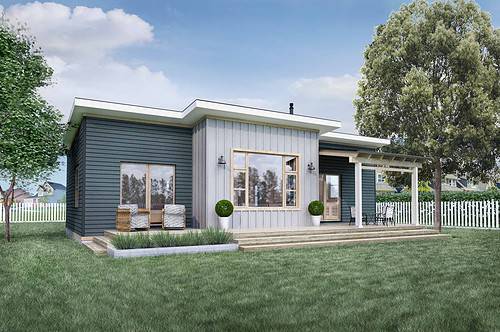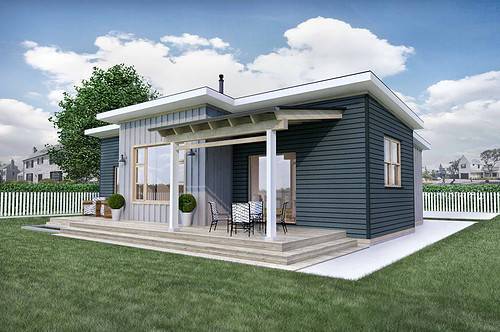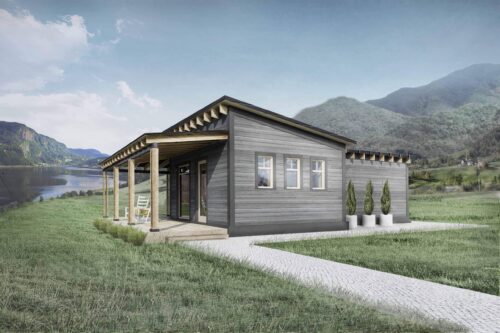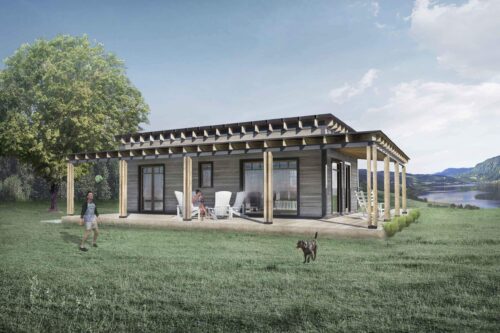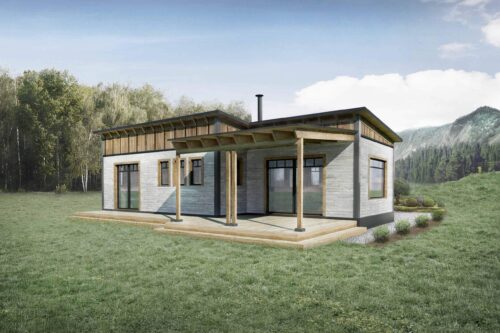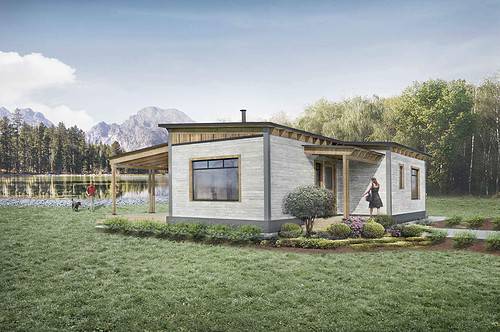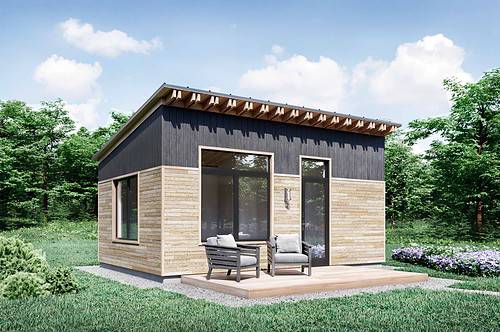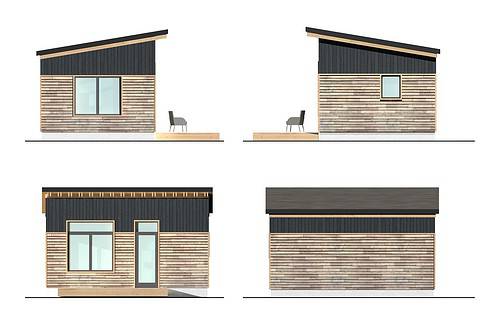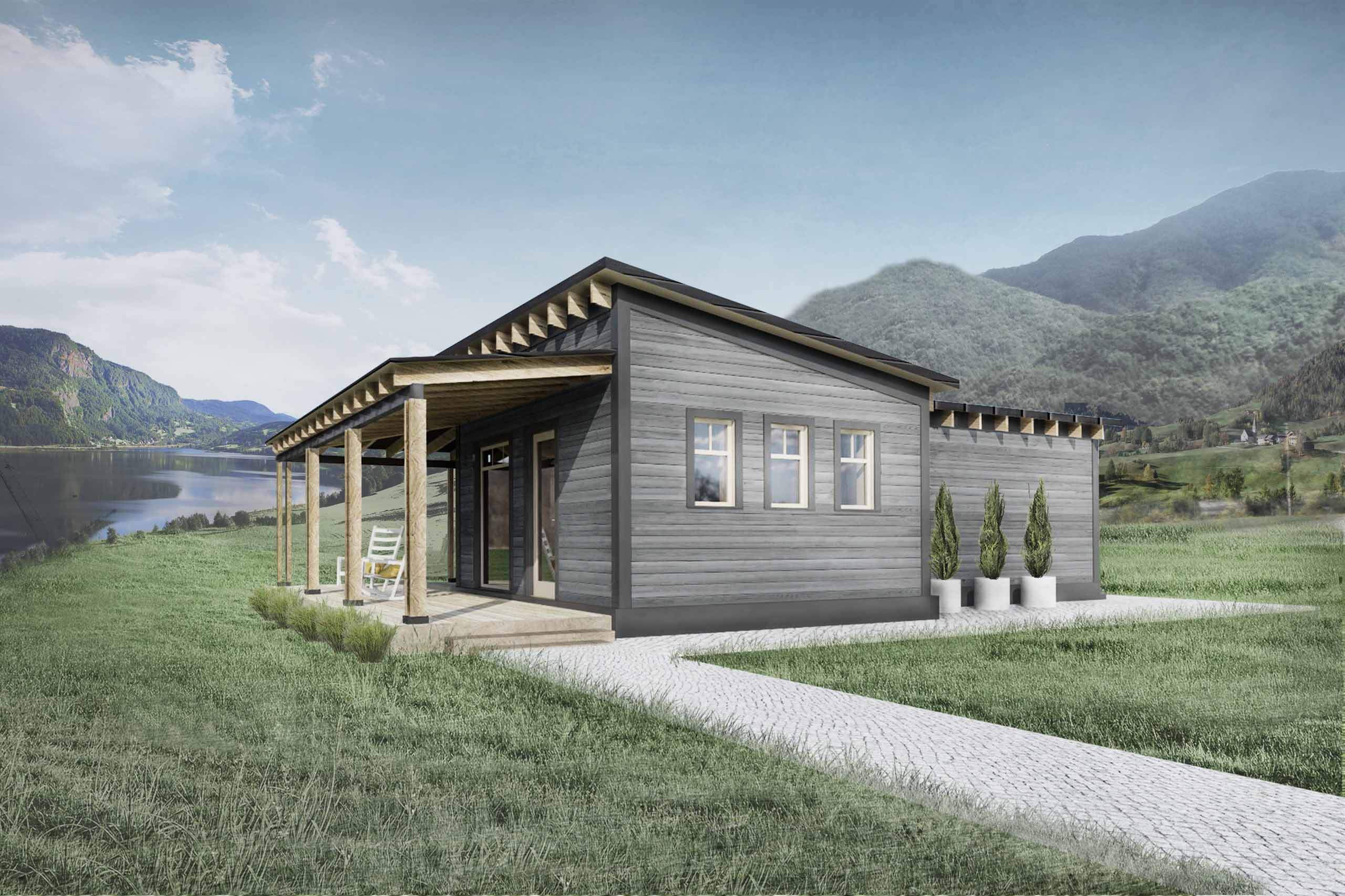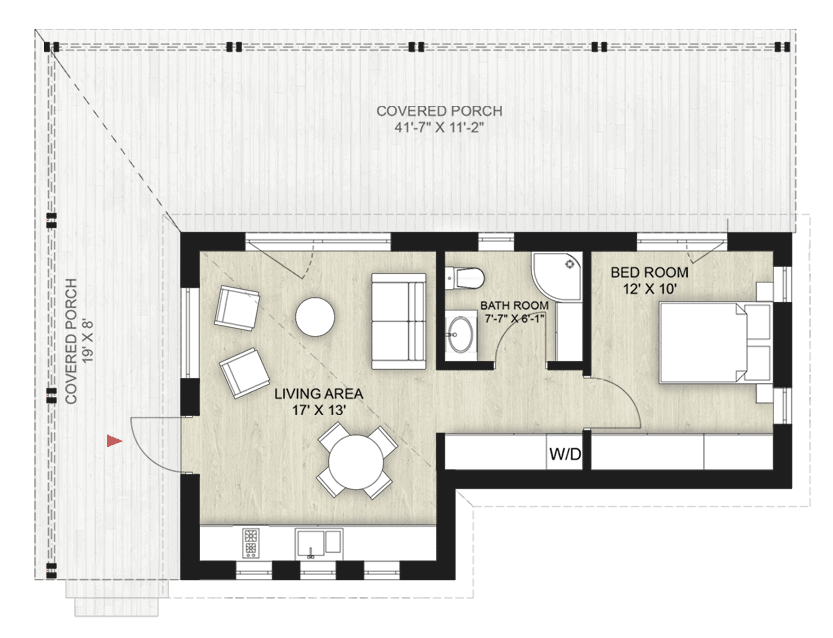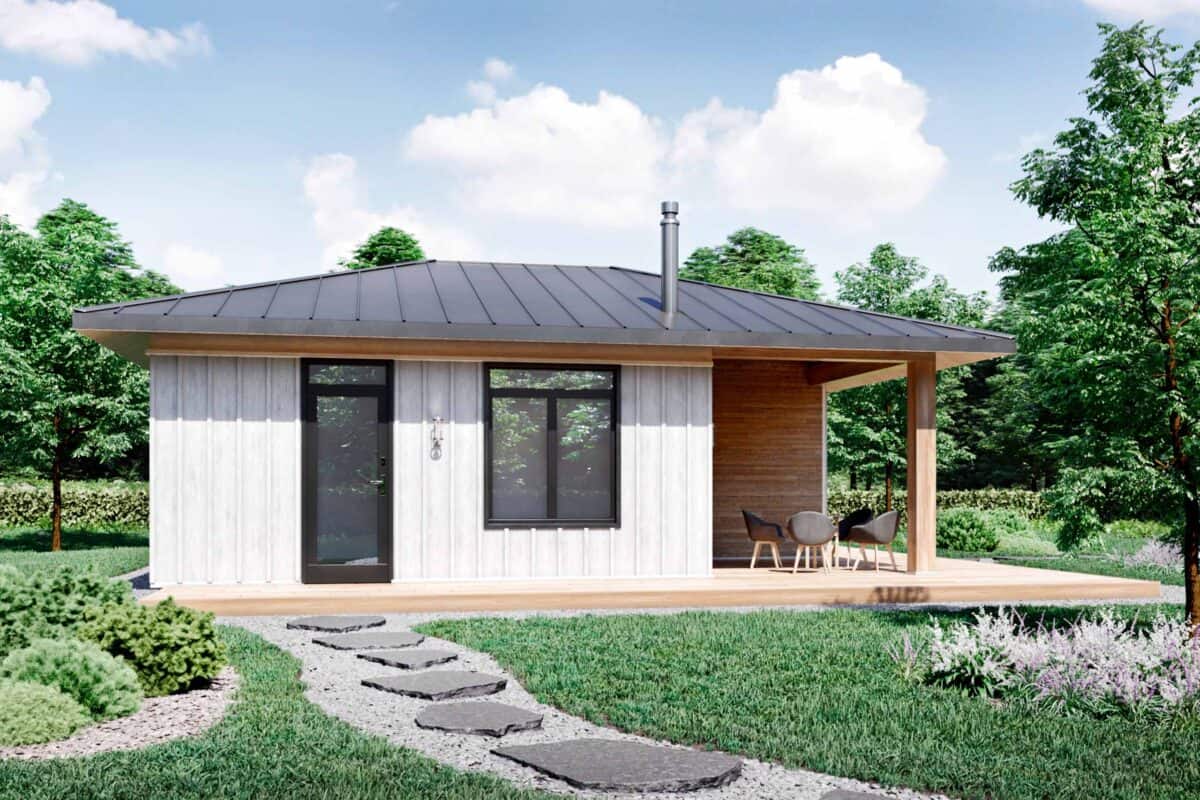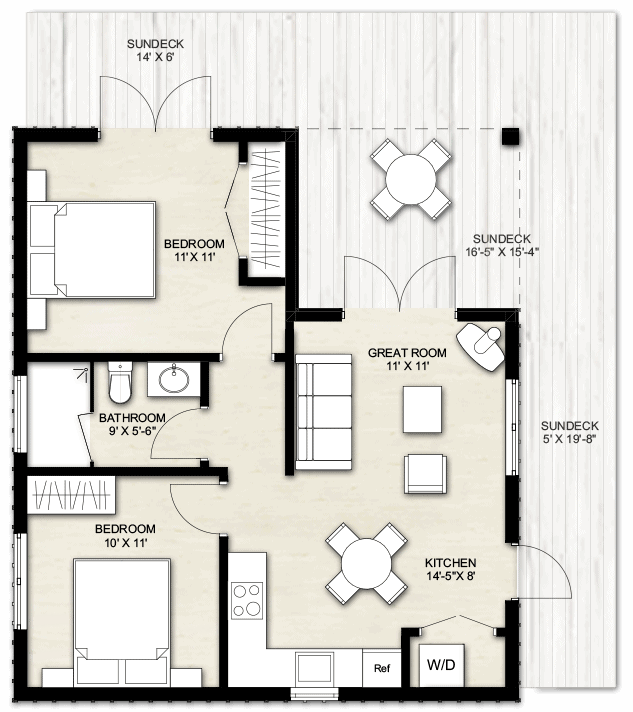No products in the cart.
Important Things You Need to Know About Split Level House Plans
However, before we discuss that, we want to start by briefly describing split houses and how they came about.
Split-Level Home – What Falls Under This Category
Houses that are classified as split-level buildings are houses that have staggered levels. They usually have 3 or even more levels. These levels are typically connected via short staircases.
Brief History
This type of buildings is said to have started springing up in the 1950s American suburbs. It is a sort of spin-off gotten from the 1930s ranch-style home design, and they were characterized by both outdoor and indoor living, big patio doors, and open floor designs.
This style gave the homeowners more room than the one storey ranch houses (you can visit https://en.wikipedia.org/wiki/Ranch-style_house to learn more about ranch-style houses). The extra space the split-level design afforded homeowners made them the perfect choice for families.
Modern Split Level House – The Evolution
Since the 50s, this building style has evolved to become better. The mix of modern architecture and that of the 50s have brought this type of buildings back to the spotlight.
While the different types of buildings that fall into this category have characteristics that distinguish them from the rest, they also share some similarities.
Some of the features you will find in the various types of split-level houses include:
The Exterior
- Asymmetrical façade
- Multiple levels
- Attached garages
- The building materials used are often natural like wood and brick
- A patio that has glass sliding doors
- The roofs are usually low-pitched
The Interior
- Minimal ornamentation
- Laundry room
- Finished basements
- Short staircases
- Big open-concept areas
- Multiple storage spaces and attic
Types of Split Level Home Plans
The following are some of the different types of split level home plans that are available to you:
1. Split-Foyer
Buildings that fall under this category often have just 2 levels. Unlike with typical building structures, once you enter a home built with this design, you will be welcomed by 2 different staircases. One of the staircases will lead you straight to the house’s upper level, while the second goes to the ground or bottom level.
Unlike other designs, this design does not have a functioning mid-section. The bedrooms, dining area, kitchen, and bathrooms are often situated at the upper level. The lower floor can be used for several things, from being used as a garage to being used as children’s play areas, and even dens.
The major disadvantage of this type of split level house floor plan is that the mid-section is usually not used for anything. This often feels like the space where other features like a mud-room or den could have been situated is left to waste away.
2. Standard-Split – Open Concept Split Level House Plans
The house’s entrance is ground level. The other parts of the home are usually accessed via short staircases. A standard-split home typically has at least 3 sections, but more sections can be added.
The bottom area can be used as a den or garage, while the middle area is used for entertaining guests. Hence, the living room, dining area, and kitchen are usually found in this section.
On the flip side, the upper section often features bathrooms and bedrooms. A major advantage of this plan is that the bedrooms are sited on a different level than that the kitchen and living room are situated.
The second advantage of this house is that the sidewalk and front door are on the same level. But like everything, there are also drawbacks to this design. The major one is that a different staircase has to be climbed before someone can get to another level of the building.



